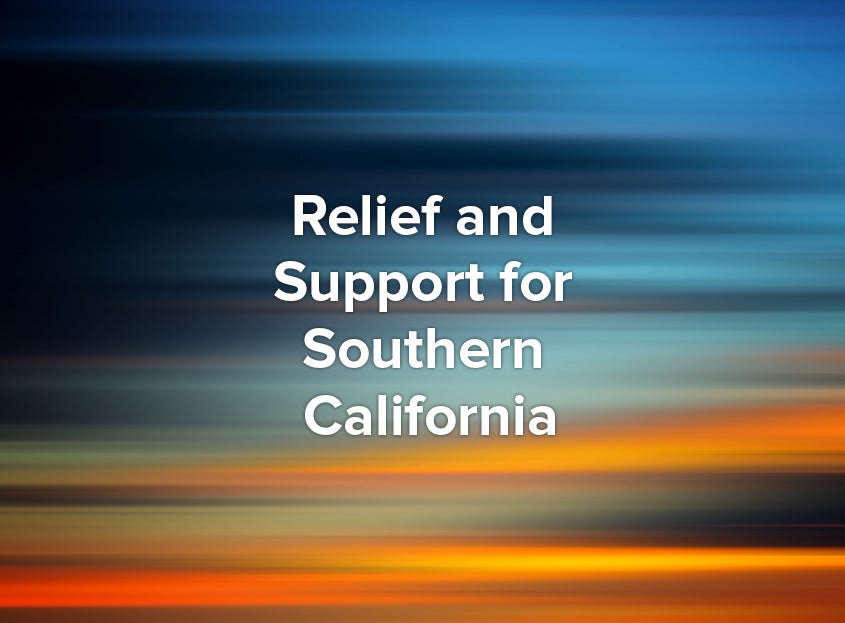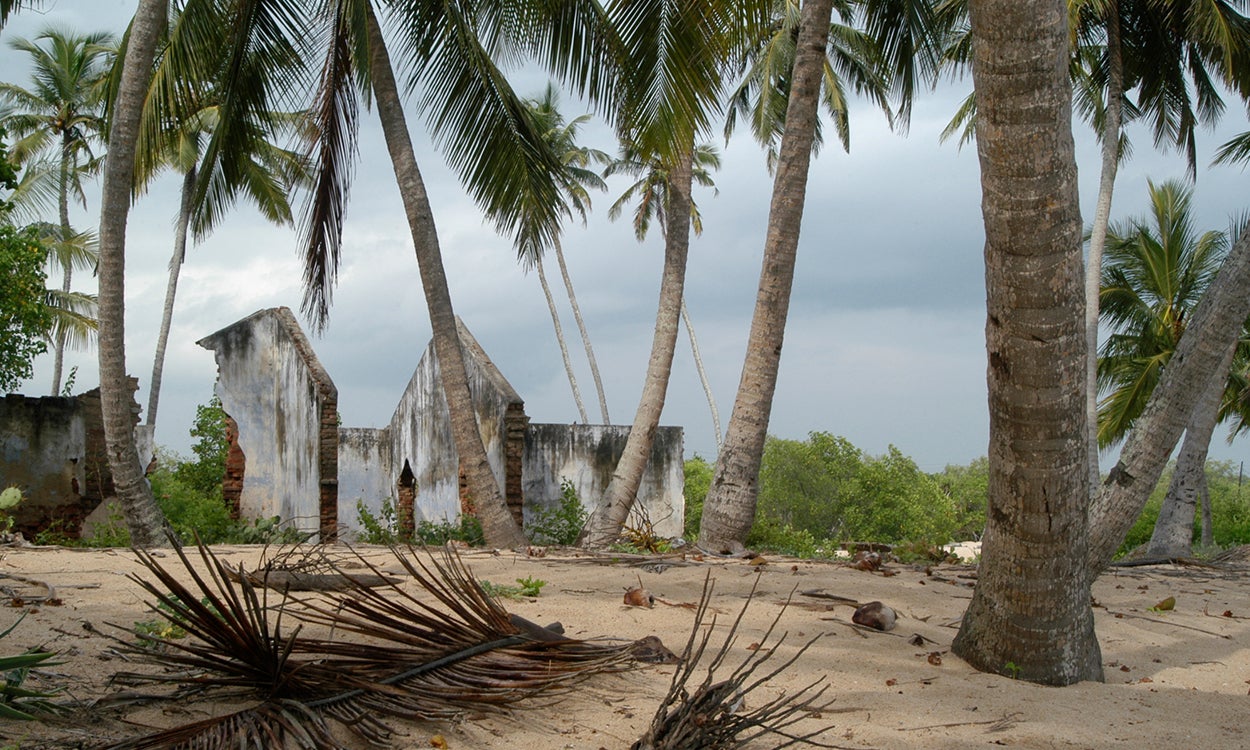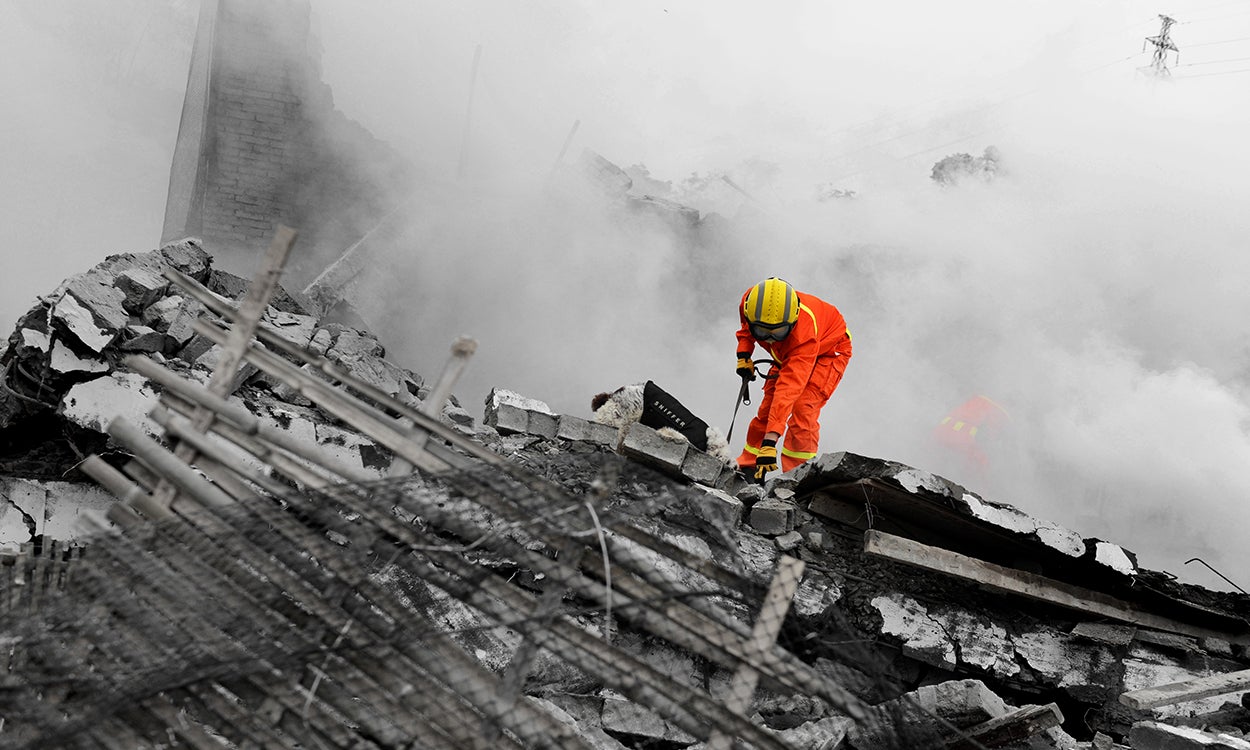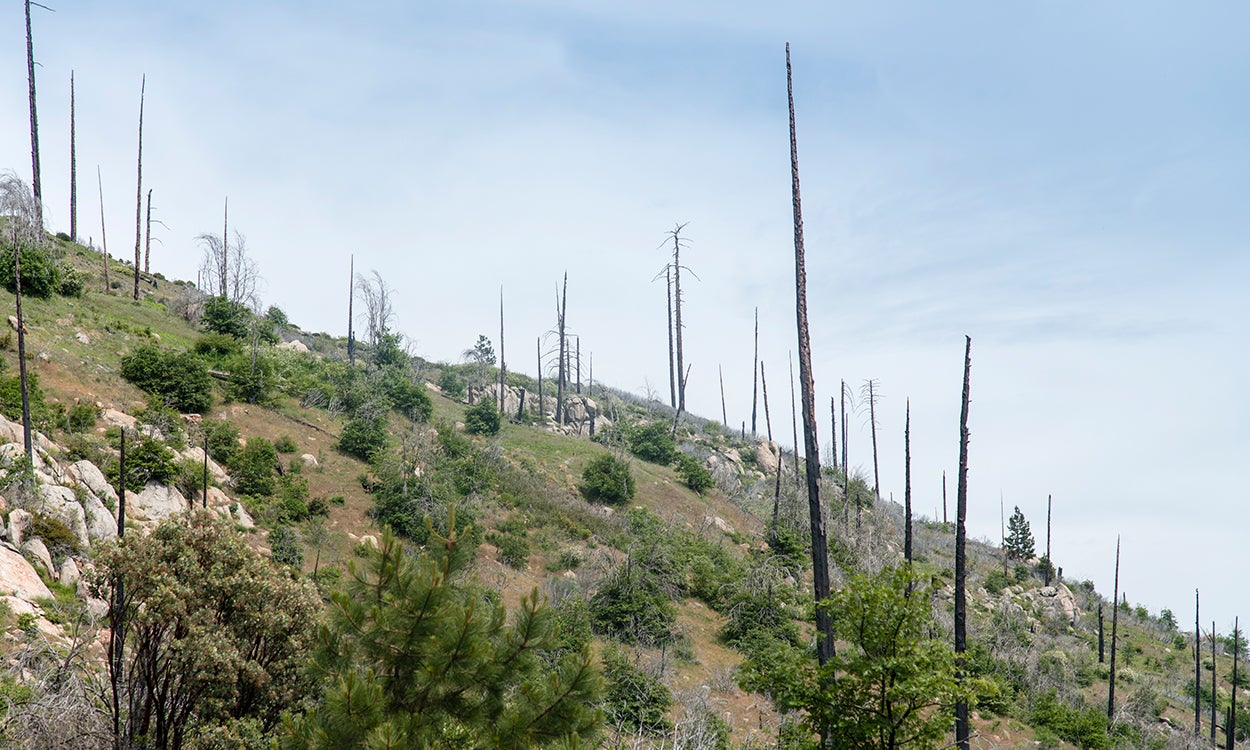It has become impossible to ignore the rising frequency of natural disasters at home and abroad. Whether they originate with changing weather patterns, disease outbreaks or crop failures, disasters can have various and wide-ranging ripple effects on the people who experience them—and can result in staggering property damage and tragic loss of life.
Philanthropists who wish to mobilize their charitable dollars for disaster relief efforts may find it challenging to determine where and how to get involved.
By tapping into the expertise of organizations already working with the people affected by natural disasters, donors can lend support quickly and efficiently where it is most needed. Additionally, organizations like the Center for Disaster Philanthropy provide research on effective charitable interventions to mitigate the impact of natural disasters before they happen.
With a donor-advised fund (DAF), donors can invest charitable dollars so that they can recommend impactful grants for natural disasters, no matter where they occur.
On this page, you’ll find guidance on planning grantmaking for disaster relief.
Where You Can Help Today
National Philanthropic Trust’s philanthropic consulting team stays abreast of the latest trends in philanthropy to provide guidance to donors looking to hone their giving strategy. Our team shares information about organizations working on the ground in response to specific disaster relief efforts. Donors can use this research to inform their own giving strategy—and when they recommend grants through their donor-advised funds, they can be assured that their grants will always serve a charitable purpose.
In the wake of natural disasters, our team is committed to providing up-to-date information about their impact, along with some options for how to respond. Below, find information about some recent disasters where recovery efforts are ongoing:
Grant Highlights
See How NPT’s Donors Use Their DAFs to Support Disaster Relief
How to Support Victims of Natural Disasters
When it comes to supporting natural disaster relief, there is tremendous opportunity in the charitable tactics donors can use. Often, these decision points have to do with whether donors wish to support mitigation efforts before a disaster happens; preparedness to be ready for imminent disaster; or long-term recovery after the disaster takes place.
No matter what stage a donor chooses to focus on, there are several best practices for supporting disaster relief efforts that donors should always keep in mind.
Phases of Disaster Philanthropy
For donors looking to find effective charitable interventions, it can be critical to understand the general phases of natural disasters. Because disasters are, by their very nature, unpredictable, it can feel daunting to try to understand the intricacies of what can be done to help, and giving at any stage produces unique challenges. The general phases of natural disasters are:
- Mitigation: Efforts in this phase include risk analysis for future events and applying strategies to reduce the negative effects of natural disasters.
- Preparedness: The phase immediately before a disaster is characterized by activities such as preparing sandbags for a flood or stockpiling food and water in advance of a snowstorm.
- Response: Most disaster giving takes place during the response phase, where the focus is on saving lives and minimizing damage in the immediate aftermath of an emergency.
- Recovery: To return a community to its pre-disaster state, donors may wish to help address and repair the social and physical infrastructure that may have compounded the effects of the disaster.
Disaster Giving: An Issue Guide for Donors
It has become impossible to ignore the rising frequency of natural disasters. Read our issue guide on Disaster Philanthropy for guidance on how and where donors can get involved in disaster relief.
Download the Guide
Opportunities to Give
Keep Exploring

Southern California Wildfire Relief: How Donors Can Help
Learn More
How Donors Can Help Hurricane Relief Efforts in the Southeast
Learn More
One Year of Humanitarian Response to the War in Ukraine
Learn More










